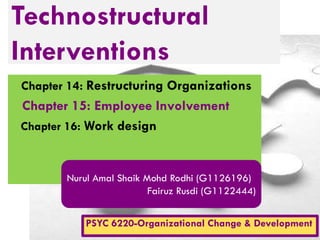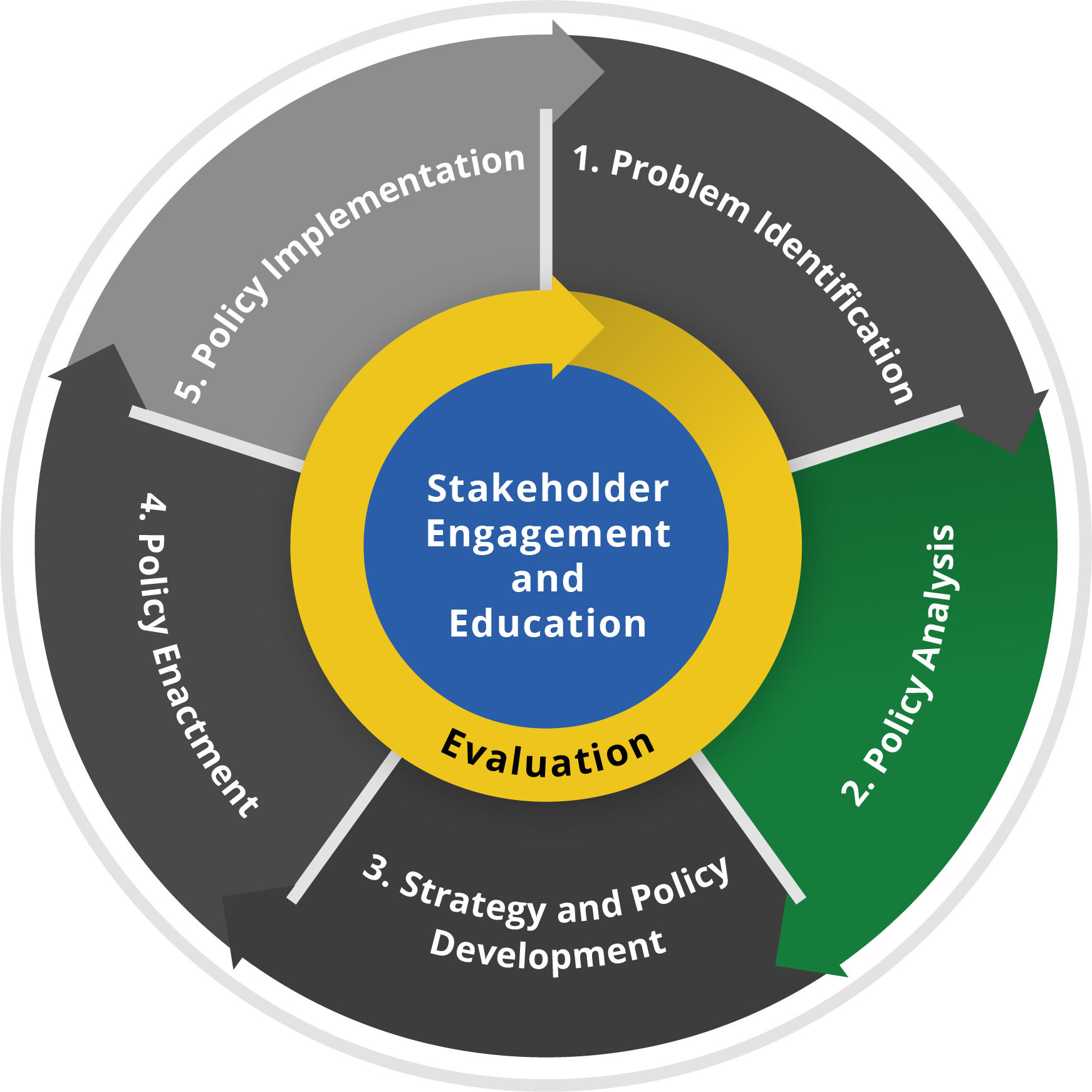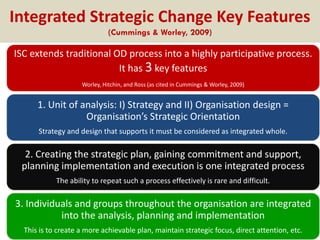Strategic change interventions involve improving the way an organization operates in order to achieve its goals more effectively. These interventions are designed to address specific problems or challenges that an organization is facing, and can take many forms, including changes to the organizational structure, processes, systems, or culture.
One key aspect of strategic change interventions is the need for careful planning and execution. This often involves identifying the root causes of the problems or challenges the organization is facing, and developing a clear plan of action to address these issues. This may involve analyzing the organization's current state, setting goals and objectives, and determining the resources and support needed to implement the changes.
Effective strategic change interventions also require strong leadership and communication. This means engaging all stakeholders in the process, including employees, customers, and other key stakeholders, and ensuring that everyone understands the reasons for the changes and how they will benefit the organization. It is also important to establish clear lines of communication and encourage open and honest dialogue throughout the process.
One key element of successful strategic change interventions is the need for ongoing evaluation and monitoring. This involves regularly assessing the progress of the changes, identifying any challenges or roadblocks, and making any necessary adjustments to ensure that the changes are successfully implemented.
Overall, strategic change interventions can be complex and challenging, but they can also be highly effective in helping organizations to achieve their goals and improve their performance. By carefully planning and executing these interventions, and engaging all stakeholders in the process, organizations can make meaningful and lasting changes that drive success.







